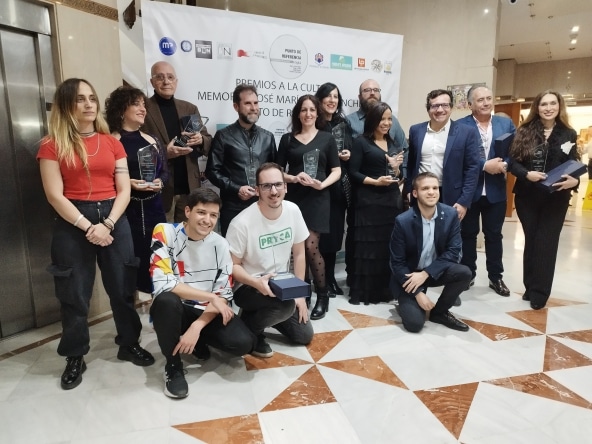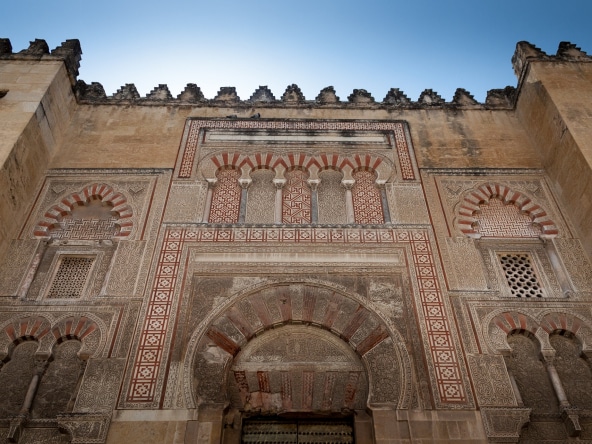In the heart of Andalusia, a bold theory emerges to challenge our understanding of ancient history and the mysteries that remain. The notion that Atlantis, the legendary empire described by Plato, lies beneath present-day Seville, with Two Sisters as an integral part of this enigma, it promises to revolutionize archeology and history as we know it.
Doctors in History and archaeologists, Michael Martínez and David Mendoza, are leading this provocative research. Your book, "Atlantis. The history of the Chalcolithic Empire”, not only captures the imagination but also presents compelling evidence that could validate one of humanity's greatest unknowns: the real location of Atlantis.
Contents
The Hidden Empire
For millennia, the location of Atlantis It has been the subject of debate, with theories that place it from the Atlantic Ocean to forgotten corners of ancient lands. However, Martínez and Mendoza suggest that we have been looking in the wrong places. Based on a meticulous analysis of Plato's texts and archaeological evidence, they argue that Chalcolithic Seville, an island at that time, was home to the Atlantean capital.
Plato Reinterpreted
The key to his theory lies in a reinterpretation of Plato's dialogues “Tineo” and “Critias.” Contrary to the popular belief that associates the mythical strait mentioned by Plato with that of Gibraltar, researchers point to a four-kilometer strait between Coria and Dos Hermanas, which five millennia ago served as a gateway for Atlantean ships. This sea route, now gone, was filled with mud after a cataclysm, coinciding with Plato's descriptions of the impassable waters that sealed the fate of Atlantis.
Archaeological Evidence
The research reveals more than theories; It is supported by archaeological findings that amaze and corroborate. From Assyrian elephant tusks, which testify to maritime trade, to pyramids in Carmona and cave paintings in Jimena de la Frontera, the signs of an advanced and maritime civilization in the south of the Iberian Peninsula are irrefutable.
In Valencina de la Concepción, near Seville, a Chalcolithic city of monumental proportions has been discovered, with a necropolis and industrial area, which suggests a complex and organized society, challenging the notion that the West owed its development to eastern influences such as the Phoenicians. .
A Challenge to History
This discovery not only proposes a new location for Atlantis but also raises profound questions about the history of civilization in the West. Evidence suggests that the Iberian Peninsula was a center of innovation and trade much earlier than previously believed, with a society already sailing and trading around the Mediterranean in the Copper Age, from the Costa Brava even more the Strait of Gibraltar.
the controversy
The authors are aware that their theory will provoke debate and skepticism. Atlantis has been considered by many to be a mere myth, but the evidence presented in their research suggests otherwise. The implication that Dos Hermanas, a modern term, was part of this ancient empire invites a radical reconsideration of what we know about the prehistory of Seville and its surroundings.
This work not only enriches our understanding of the past but also opens new avenues of research, promising to unearth more secrets from Andalusian soil. The story of Atlantis in Two Sisters is a testament to how archeology can transform myths into reality, challenging and expanding the limits of our historical knowledge.



